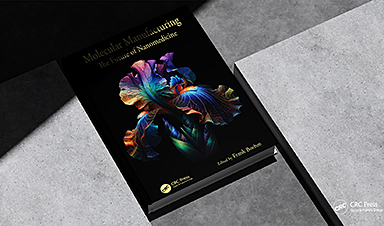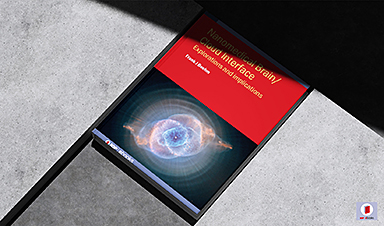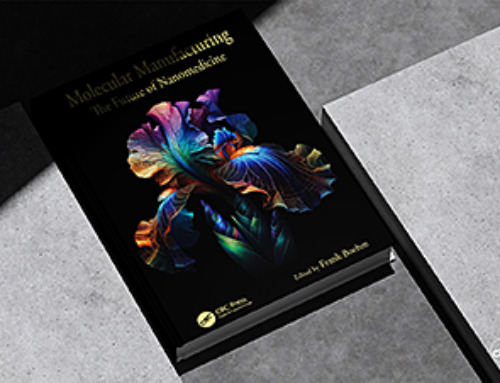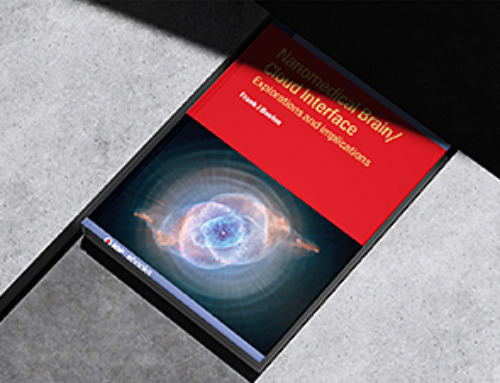A study, involving the London School of Hygiene & Tropical Medicine (LSHTM) researchers, has shown that tranexamic acid (TXA), a drug aimed at tackling serious postpartum bleeding, can be safely administered intramuscularly to pregnant women, quickly achieving effective therapeutic levels.
These results, derived from the Woman-PharmacoTXA Phase 2 trial, underscore the potential of using intramuscular injection as an alternative to the prevalent intravenous methods. The latter often proves impractical in circumstances such as home births or in remote healthcare environments.
Oral TXA was also well-tolerated, however, on average, took around one hour to reach therapeutic blood concentrations, meaning it could be unsuitable for emergency treatment.
Severe bleeding after childbirth, or postpartum hemorrhage (PPH), is one of the leading causes of maternal death worldwide, with most of the 70,000 yearly deaths occurring in low-and middle-income countries (LMICs).
Results from the earlier WOMAN trial, led by researchers from LSHTM with collaboration from 21 countries, provided crucial evidence for the life-saving potential of repurposing TXA for treating PPH.
Originally used in surgery and later in trauma, TXA works by inhibiting the breakdown of blood clots.
Although intravenous administration of TXA is the first port-of-call for treatment, many births in LMICs take place at home, with access to healthcare settings often limited. Subsequently, the focus has shifted towards finding alternative administration routes.
In this trial, an international research team, including from LSHTM, recruited over 120 women aged 18 or older who were due to give birth by cesarean section at two hospitals in Pakistan and one in Zambia between December 2020 and June 2021. All women had one or more risk factors for postpartum hemorrhage.
The study is the first trial testing several different routes of administration in women giving birth and notably the first to test the intramuscular route, specifically in pregnant women.
Overall, intramuscular and oral TXA were well tolerated, with no serious side effects for mothers or newborns. Target concentrations of TXA in maternal blood were achieved for both routes, although for oral TXA this took an hour – a characteristic that could prevent its use in emergency treatment. Intramuscular TXA, however, reached therapeutic concentrations within ten minutes of injection, which was maintained for over four hours.
The authors conclude that these findings provide enough evidence to conduct comparative Phase 3 clinical trials (I'M WOMAN) beginning in August this year. These will aim to determine if intramuscular administration is as effective as intravenous routes in reducing postpartum bleeding.
Professor Haleema Shakur-Still, co-author and Professor of Global Health Clinical Trials at LSHTM said: "In many LMICs, women do not give births in healthcare facilities, so if TXA can be given just as successfully intramuscularly as via intravenous injection, this could be of huge significance to the thousands of women who die every year from PPH."
Professor Rizwana Chaudhri, co-author based at Shifa Tameer-e-Millat University, Islamabad, Pakistan said: "The intramuscular route will be very helpful in Pakistan. With some patients who are experiencing a PPH, it is difficult to get an intravenous line established, so anything that can reduce PPH will be useful. In some cases, it will be the first and last choice."
Dr Mwansa Ketty Lubeya, co-author based at The University of Zambia-School of Medicine, Women and Newborn Hospital-UTH said: "In Zambia, we are still struggling with access to TXA. Even when it is available, there should be options in terms of administration. There is no point in having TXA when canulation is not an option. We are excited to have the intramuscular option and be able to use it far and wide."
Dr Ian Roberts, co-author and Professor of Epidemiology at LSHTM said: "We have good reason to believe the intramuscular route will be as effective as the intravenous route to reduce postpartum bleeding. In August, we are starting a large global trial to prove this in the hope that this will change WHO guidelines. We want to make this lifesaving treatment available to all women wherever they give birth."
News
Molecular Manufacturing: The Future of Nanomedicine – New book from Frank Boehm
This book explores the revolutionary potential of atomically precise manufacturing technologies to transform global healthcare, as well as practically every other sector across society. This forward-thinking volume examines how envisaged Factory@Home systems might enable the cost-effective [...]
New Book! NanoMedical Brain/Cloud Interface – Explorations and Implications
New book from Frank Boehm, NanoappsMedical Inc Founder: This book explores the future hypothetical possibility that the cerebral cortex of the human brain might be seamlessly, safely, and securely connected with the Cloud via [...]
Global Health Care Equivalency in the Age of Nanotechnology, Nanomedicine and Artificial Intelligence
A new book by Frank Boehm, NanoappsMedical Inc. Founder. This groundbreaking volume explores the vision of a Global Health Care Equivalency (GHCE) system powered by artificial intelligence and quantum computing technologies, operating on secure [...]
Miller School Researchers Pioneer Nanovanilloid-Based Brain Cooling for Traumatic Injury
A multidisciplinary team at the University of Miami Miller School of Medicine has developed a breakthrough nanodrug platform that may prove beneficial for rapid, targeted therapeutic hypothermia after traumatic brain injury (TBI). Their work, published in ACS [...]
COVID-19 still claims more than 100,000 US lives each year
Centers for Disease Control and Prevention researchers report national estimates of 43.6 million COVID-19-associated illnesses and 101,300 deaths in the US during October 2022 to September 2023, plus 33.0 million illnesses and 100,800 deaths [...]
Nanomedicine in 2026: Experts Predict the Year Ahead
Progress in nanomedicine is almost as fast as the science is small. Over the last year, we've seen an abundance of headlines covering medical R&D at the nanoscale: polymer-coated nanoparticles targeting ovarian cancer, Albumin recruiting nanoparticles for [...]
Lipid nanoparticles could unlock access for millions of autoimmune patients
Capstan Therapeutics scientists demonstrate that lipid nanoparticles can engineer CAR T cells within the body without laboratory cell manufacturing and ex vivo expansion. The method using targeted lipid nanoparticles (tLNPs) is designed to deliver [...]
The Brain’s Strange Way of Computing Could Explain Consciousness
Consciousness may emerge not from code, but from the way living brains physically compute. Discussions about consciousness often stall between two deeply rooted viewpoints. One is computational functionalism, which holds that cognition can be [...]
First breathing ‘lung-on-chip’ developed using genetically identical cells
Researchers at the Francis Crick Institute and AlveoliX have developed the first human lung-on-chip model using stem cells taken from only one person. These chips simulate breathing motions and lung disease in an individual, [...]
Cell Membranes May Act Like Tiny Power Generators
Living cells may generate electricity through the natural motion of their membranes. These fast electrical signals could play a role in how cells communicate and sense their surroundings. Scientists have proposed a new theoretical [...]
This Viral RNA Structure Could Lead to a Universal Antiviral Drug
Researchers identify a shared RNA-protein interaction that could lead to broad-spectrum antiviral treatments for enteroviruses. A new study from the University of Maryland, Baltimore County (UMBC), published in Nature Communications, explains how enteroviruses begin reproducing [...]
New study suggests a way to rejuvenate the immune system
Stimulating the liver to produce some of the signals of the thymus can reverse age-related declines in T-cell populations and enhance response to vaccination. As people age, their immune system function declines. T cell [...]
Nerve Damage Can Disrupt Immunity Across the Entire Body
A single nerve injury can quietly reshape the immune system across the entire body. Preclinical research from McGill University suggests that nerve injuries may lead to long-lasting changes in the immune system, and these [...]
Fake Science Is Growing Faster Than Legitimate Research, New Study Warns
New research reveals organized networks linking paper mills, intermediaries, and compromised academic journals Organized scientific fraud is becoming increasingly common, ranging from fabricated research to the buying and selling of authorship and citations, according [...]
Scientists Unlock a New Way to Hear the Brain’s Hidden Language
Scientists can finally hear the brain’s quietest messages—unlocking the hidden code behind how neurons think, decide, and remember. Scientists have created a new protein that can capture the incoming chemical signals received by brain [...]
Does being infected or vaccinated first influence COVID-19 immunity?
A new study analyzing the immune response to COVID-19 in a Catalan cohort of health workers sheds light on an important question: does it matter whether a person was first infected or first vaccinated? [...]





















